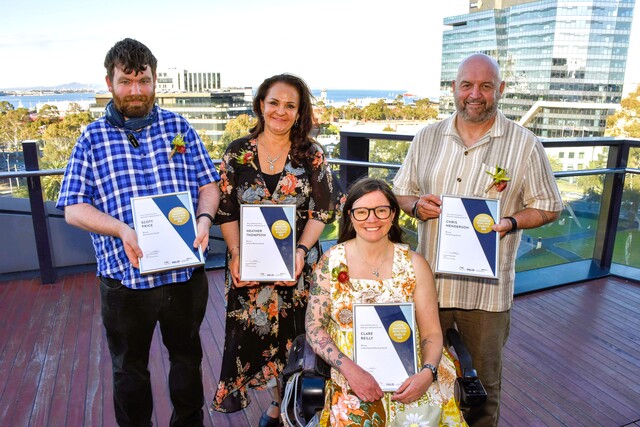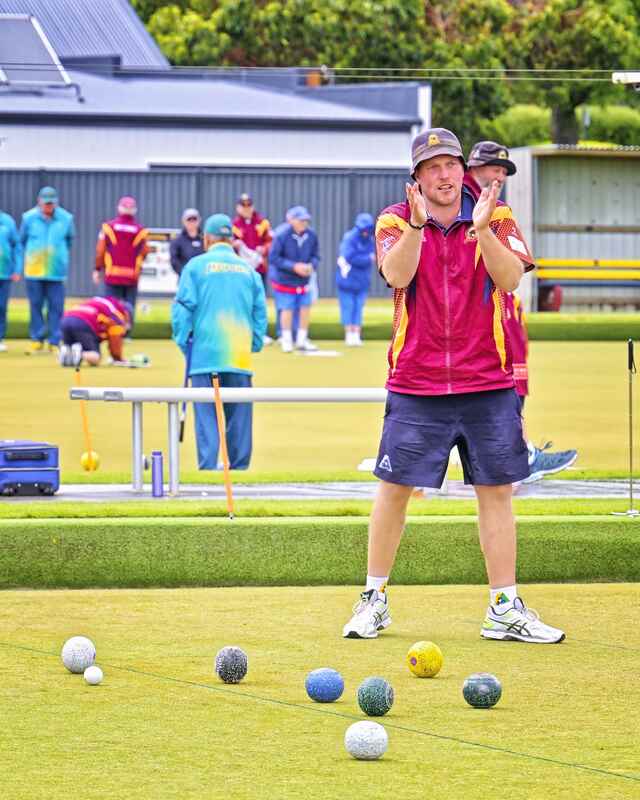The borough of Queenscliffe has recorded the highest percentage of residents participating in sport in regional local government areas in 2020, despite recording a reduction in participants due to Covid.
Federation University and Victoria University released the research on Monday, May 2, which showed that more than 230,000 players left their clubs across the state in 2020.
The research highlighted that 20.64 of residents were involved in community support in 2020 in the borough of Queenscliffe on the Bellarine Peninsula, which reflected a nine per cent decrease compared to the 2019 figures.
However, other small-town local government areas saw the lowest participation rates and highest drop-out rates, including those on the periphery of regional cities, such as Geelong.
Professors Rochelle Eime and Hans Westerbeek led the research, which examined the membership records for the state’s top 10 community sports, including Australian Rules football, basketball, cricket and netball.
“Given there are fewer other leisure-time activities in regional and rural areas compared to major cities, the absence of sport will have negatively affected regional communities more than those in metropolitan areas,” she said.
Prof Eime said the Queencliffe figures highlighting a high proportion of sports participation was likely due to it being a small area and its socio-economic status.
She said the research indicated that clubs needed to make joining more affordable to lure players back.
Among the state’s 40 least populated and most remote regional communities, membership numbers in 2020 were 44 per cent lower compared to 2019.
Prof Eime said there was a significant fall in the number of five to nine year-old club members as sport skills in students were falling due to the effects of the Covid pandemic.
“If they don’t have the skills to play sport, they’re not going to enjoy playing anything,” she said.
“We’ve also been hurt by lower volunteer numbers, so we need to look at the retention of volunteers.”
A recent study showed that one-third of families a loss of household income from the effects of the Covid pandemic restricted their ability to engage in community sport activities.
Community sport in Melbourne’s seven outer growth local government areas showed a number of declines in participation, with Hume recording a participation rate of 5.9 per cent in 2020, compared to about 10 per cent in 2019.
West Wimmera in Victoria’s north west showed the lowest participation rate of 5.75 per cent in 2020, compared to 20.92 per cent in 2019.









